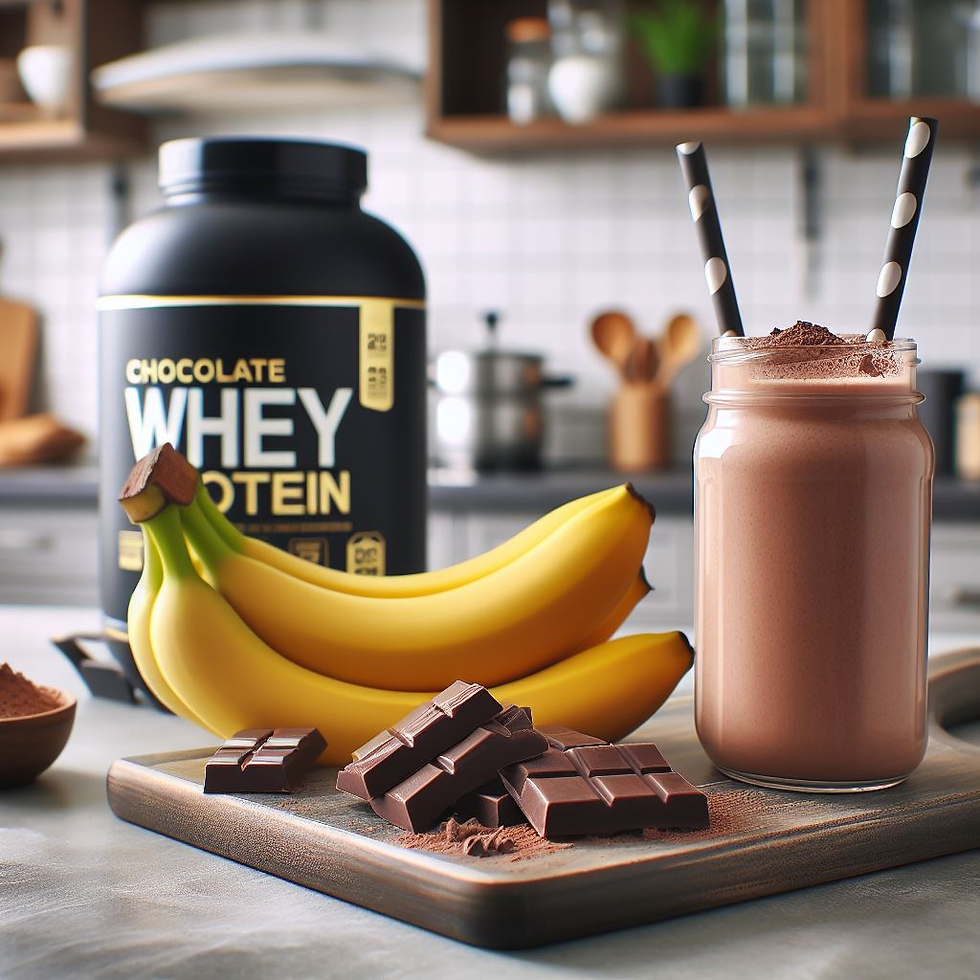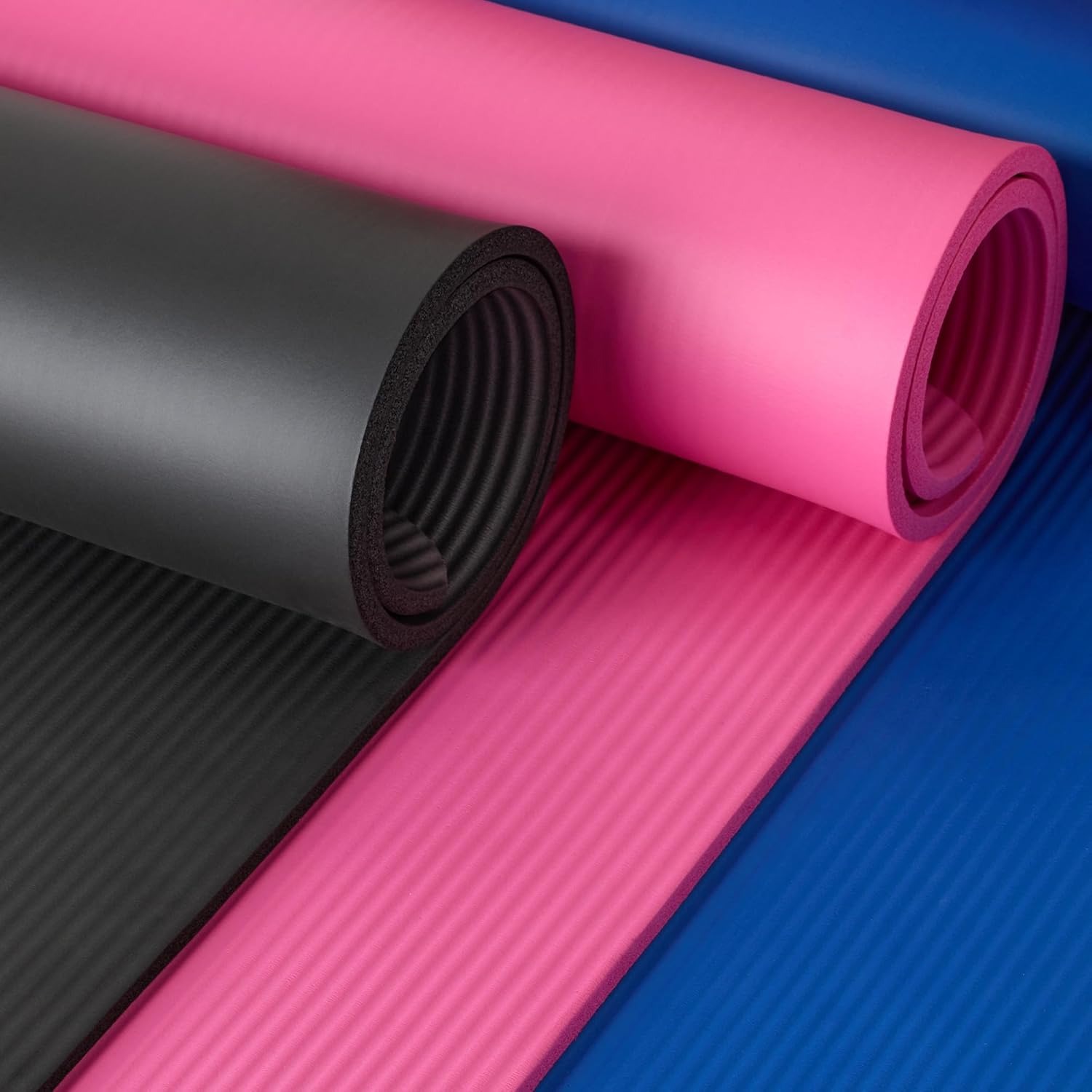Choosing Your Liquid Base
Selecting the right liquid forms the foundation of a smooth protein shake. How to mix protein powder?It affects both flavor and texture.
Water, Milk, and Plant-Based Alternatives
Water is a zero-calorie choice, ideal for weight management. Milk adds creaminess and nutrients like calcium and vitamin D. Plant-based alternatives such as soy, almond, or oat milk offer lactose-free options while still delivering a smooth consistency.
Coffee and Tea for an Energizing Shake
For a caffeine kick, mix protein powder with coffee or tea. This combination is perfect for morning energy or post-workout recovery. It blends easily and can enhance the flavor of your shake.
Fruit Juices and Smoothies for Flavor
Use fruit juices like orange or apple to add natural sweetness to your shake. For a more filling option, blend your powder with fruits and vegetables to create a nutritious smoothie full of vitamins and antioxidants.
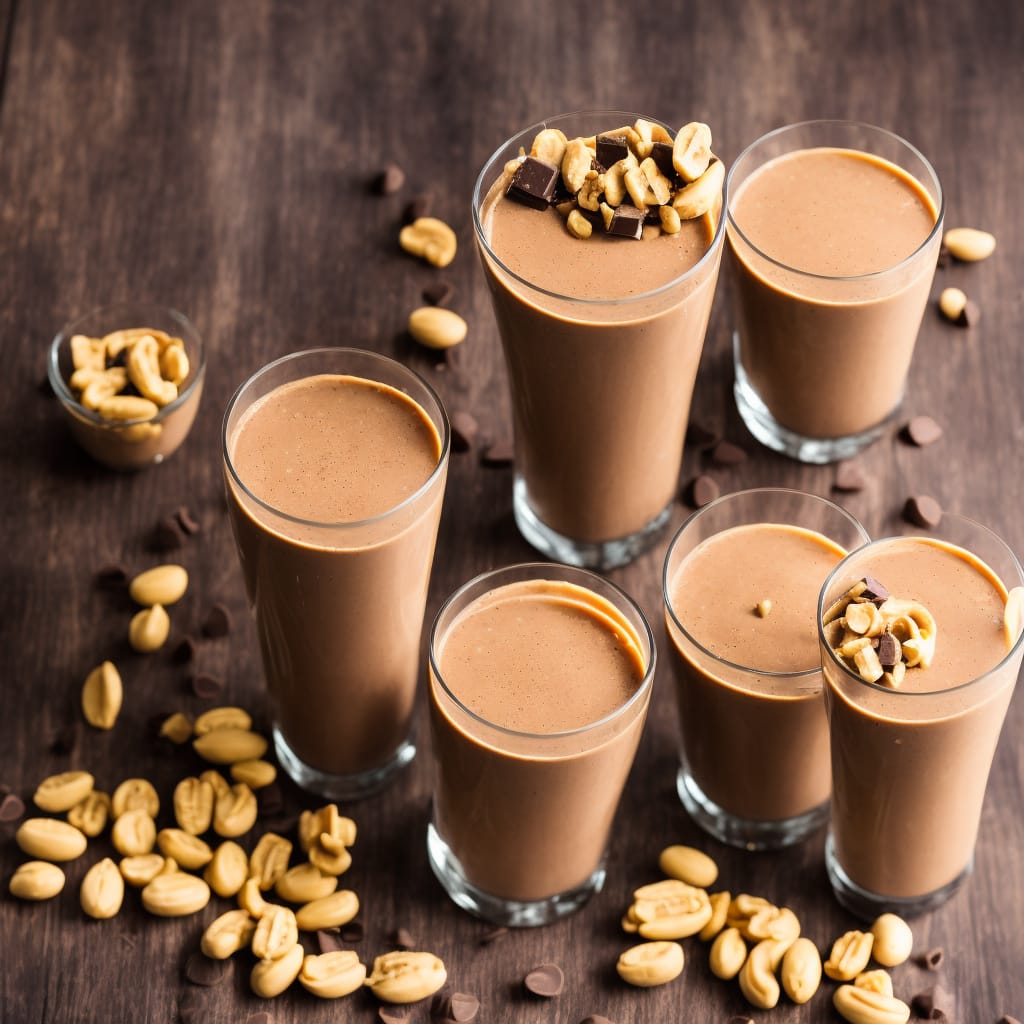
The Correct Order of Combining Ingredients
How to mix protein powder?Achieving a smooth protein shake starts with the correct order of ingredients.
Liquid Before Powder to Avoid Clumps
To avoid clumps, always start with the liquid. Pour your chosen liquid, like water, milk, or a plant-based alternative, into your mixing container first. Then, add the protein powder on top. This method helps the powder to blend without sticking to the bottom or sides. Follow this sequence whether you’re shaking by hand or blending.
Understanding Protein Powder and Liquid Interactions
Protein powders interact with liquids in unique ways. The powder’s components can bond with water, leading to clumping if not mixed properly. Be aware that cold liquids can cause powders to dissolve more slowly, potentially causing lumps. Warm up your liquid slightly if clumps persist. Additionally, a proper liquid-to-powder ratio is crucial. Too little liquid might not fully dissolve the powder, while too much can result in a watery shake. Follow the recommended guidelines on the powder’s packaging for best results.
Tools for the Perfect Blend
Creating the perfect protein shake depends on using the right tools for mixing.
Benefits of Using a Blender
A blender is ideal for a smooth shake. It can mix protein powder with liquids and other ingredients evenly. This helps avoid clumps and lumps. Blenders can also handle frozen fruits and ice, making thicker and colder shakes.
The Shaker Bottle Method
Shaker bottles are convenient for on-the-go mixing. Add liquid, then protein powder, and shake. Most have a metal or plastic ball inside to help break up powder lumps. Shaker bottles make it easy to mix a quick shake after a workout.
Advanced Techniques with BlenderBall Whisk
A BlenderBall whisk inside a shaker bottle enhances mixing. It’s a wire ball that moves through the shake as you shake the bottle. It helps create a lump-free consistency. Shake well for best results. These whisk balls are especially useful for thick powders or when adding extra ingredients like peanut butter.
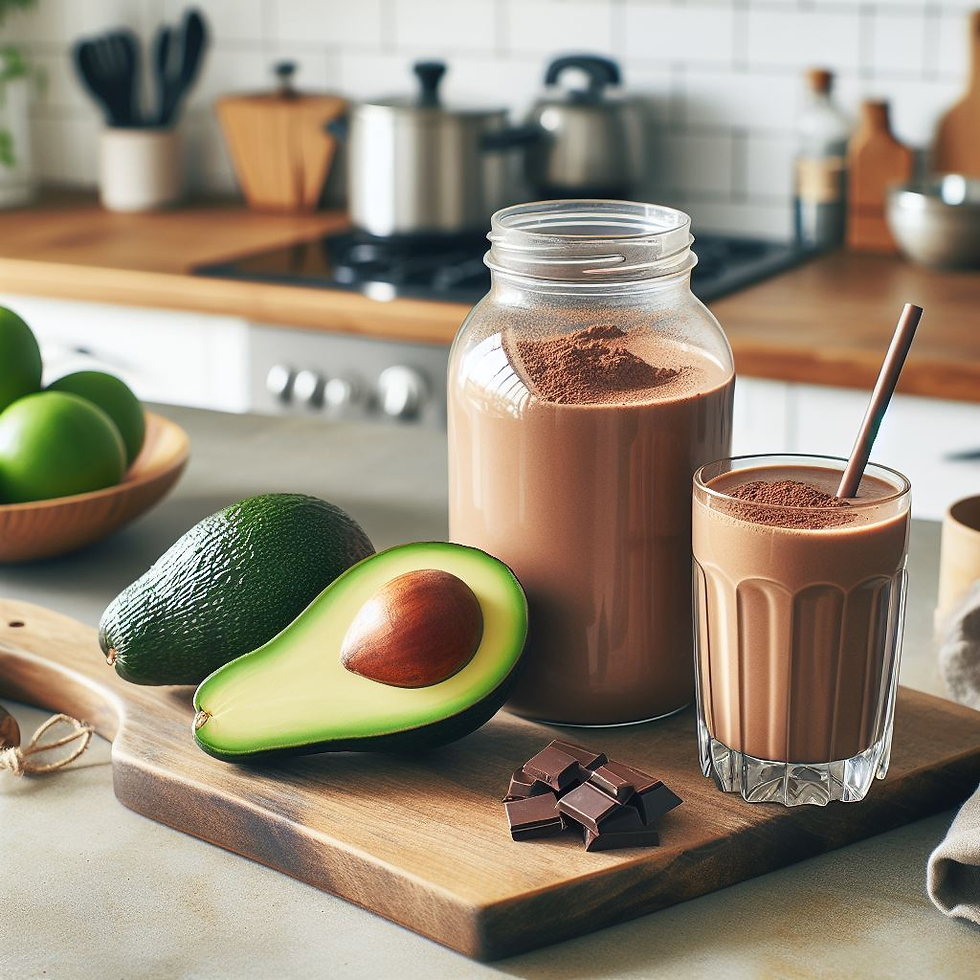
Eliminating Common Shake Consistency Issues
Achieving the perfect protein shake means overcoming consistency issues often encountered by many.
Preventing Foamy or Frothy Shakes
Foam and froth can ruin the texture of your shake. To minimize this:
- Shake gently to reduce air trapping.
- Check protein powder quality.
- Adjust the liquid-to-powder ratio.
- Use colder liquids.
- If needed, choose lower-protein content or add anti-foaming agents.
Dealing with Chunky, Lumpy Mixtures
Nobody likes a lumpy shake. Here’s how to avoid them:
- Mix thoroughly and vigorously.
- Ensure the right liquid-to-powder ratio.
- Use high-quality protein powders.
- Start with room temperature liquids.
- If your powder is aging, consider a new batch.
- Don’t forget the mixing ball in your shaker bottle.
- Always add liquid, then powder for best results.
Avoiding a Gritty Shake Texture
A gritty texture can be off-putting. To combat grittiness:
- Shake well for enough time.
- Follow the liquid-to-powder ratio carefully.
- Choose high-quality protein powders.
- Let liquids warm slightly before mixing.
- Use fresh protein powder.
- Use the BlenderBall for best mixing results.
- Pour liquid before powder to ensure a smooth blend.
Ingredient Additions for Enhanced Nutrition
Protein-Boosting Add-Ins: Peanut Butter, Oats, Greek Yogurt
To elevate nutrition and taste, consider adding peanut butter, oats, or Greek yogurt to your shake. Peanut butter offers healthy fats and a protein punch. It makes shakes creamier and more filling. Oats bring fiber and a wholesome, earthy flavor. They keep you full longer and provide slow-release energy. Greek yogurt adds tartness and a thick texture. It’s loaded with protein and probiotics for gut health.
Flavor and Texture Enhancers: Bananas, Berries, Avocado
For flavor, toss in ripe bananas, fresh or frozen berries, or creamy avocado. Bananas sweeten your shake naturally and give a smooth texture. Berries burst with antioxidants and tangy taste. They also add a vibrant color. Avocado lends a silky mouthfeel and packs in good fats. Plus, it boosts the nutrient content with its vitamins and minerals. With these add-ins, your protein shakes become richer and more satisfying.
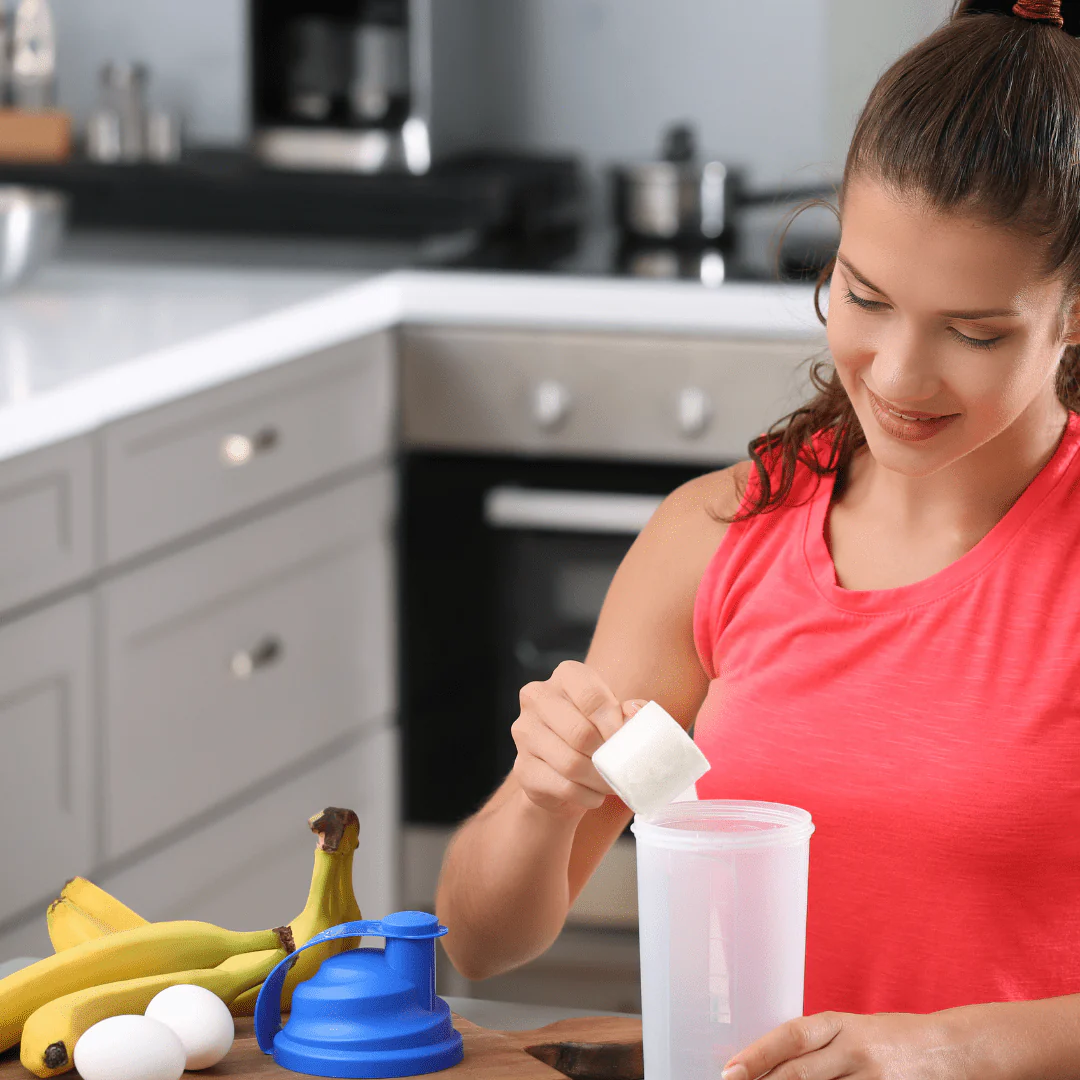
Storing Protein Powder Correctly
Proper storage ensures a smooth shake each time. Here’s how to keep your protein powder in the best condition.
Keeping Protein Powder Dry and Clump-Free
To prevent clumps, store powder in a cool, dry place. Avoid moisture which causes clumping. Seal the protein powder container tightly after each use. Consider a moisture-absorbing packet if humidity is high. Store away from heat sources to keep powder fresh.
The Role of Temperature and Humidity in Protein Powder Storage
Temperature and humidity affect powder texture. Keep your powder in a cool area to avoid stickiness. High humidity makes powder clump, so airtight storage is key. Check powder before use; break clumps if needed. Keep in climate-controlled spaces when possible. Remember, the better the storage, the smoother the shake.
Tips for a Smooth Experience Every Time
Achieving a smooth shake isn’t just about the ingredients but also about the method.
Mixing Time and Techniques
To prevent clumps and grittiness, shake or blend for at least 30 seconds. For thicker powders, blend longer. Use a spoon or fork for quick mixing, but for a silky result, a shaker bottle or blender is best.
Using a blender, start on low speed and gradually increase to break up lumps. With a shaker bottle, make sure the ball moves freely. Add liquids first, then powder, and shake well.
Temperature of Liquids Used
The temperature of your liquids can make a big difference. Use room temperature liquids to minimize clumping. For a cold shake without lumps, blend with ice instead of adding pre-chilled liquids.
Ratios for the Perfect Shake Consistency
Follow the protein powder label for the best liquid-to-powder ratio. Adjusting is fine, just add more liquid for a thinner shake or less for thicker shakes. Consistent ratios lead to consistent results.
Remember to practice these tips for a perfect shake every time you mix protein powder.
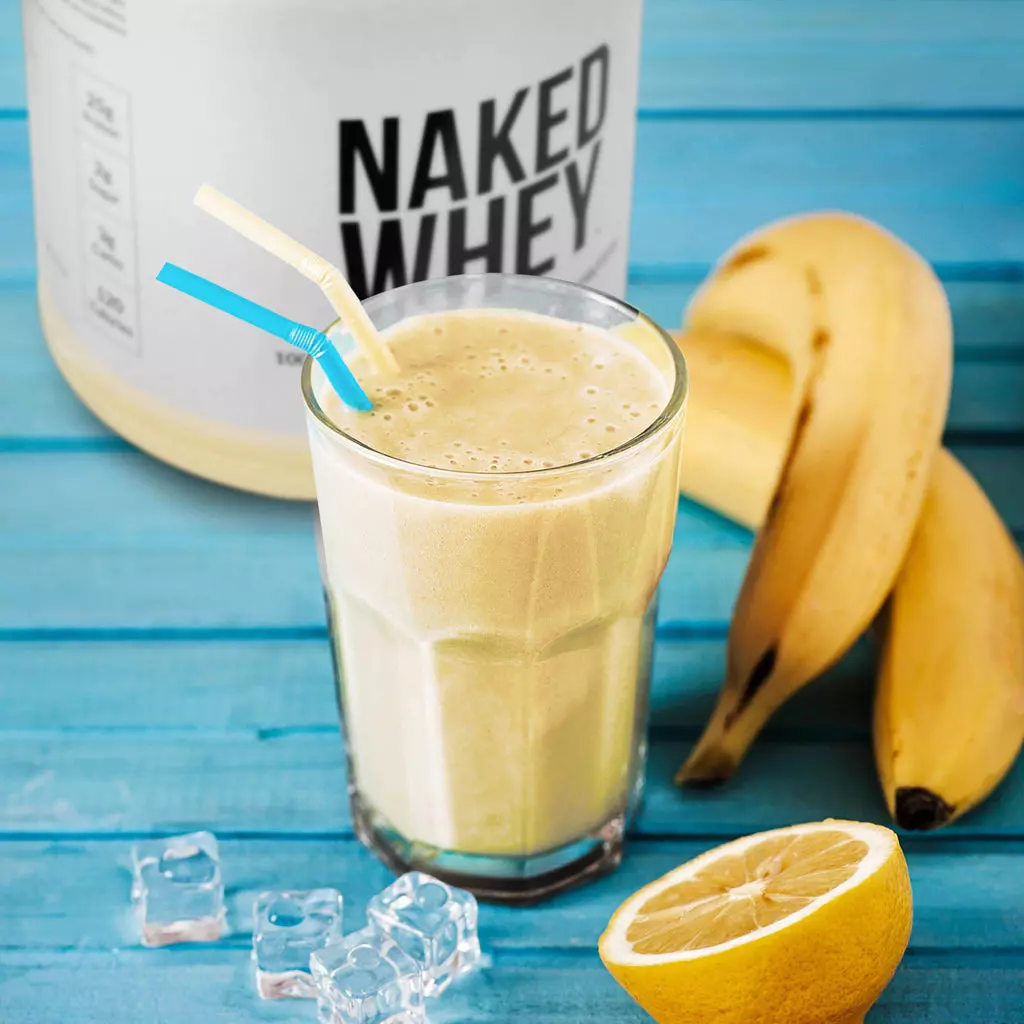
Conclusion: Mastering the Art of Mixing Protein Powder
Properly mixing protein powder can enhance its taste and effectiveness. Understanding the right techniques ensures that every shake is smooth, flavorful, and nutrient-rich. With a few essential tips, anyone can transform their protein experience from average to exceptional.
Techniques for Mixing
Using a shaker bottle remains one of the most popular methods for mixing protein powder. Simply add the desired amount of protein powder, followed by liquid. Shaking vigorously for approximately 30 seconds will create a well-blended mixture. For those seeking convenience, an electric blender can achieve a creamier consistency. Just blend the protein powder with milk or water, and include fruits or vegetables for added nutrition.
Enhancing Flavor
To elevate the taste, consider adding flavor boosters such as vanilla extract, cocoa powder, or cinnamon. These additions not only improve flavor but also enhance overall nutritional value. Additionally, incorporating fruits like bananas or berries can create a delicious smoothie-like texture.
Choosing the Right Liquid
Liquid choice significantly impacts the final product. Water serves as a low-calorie option, while milk—whether dairy or plant-based—offers creaminess and extra protein. Nutritional goals should guide the choice of liquid; for muscle gain, higher-calorie options may be preferable.
Avoiding Clumps
To avoid clumps when mixing, consider adding protein powder to the liquid rather than the other way around. This method helps to distribute the powder evenly. Using a whisk can also break up any stubborn clumps, ensuring a smooth drink.
In conclusion, mastering the art of mixing protein powder opens the door to enhanced nutrition and enjoyment. Experimenting with various techniques and ingredients allows for a personalized approach that meets individual tastes and dietary needs. By following simple mixing strategies, anyone can achieve a satisfying and effective protein shake.
